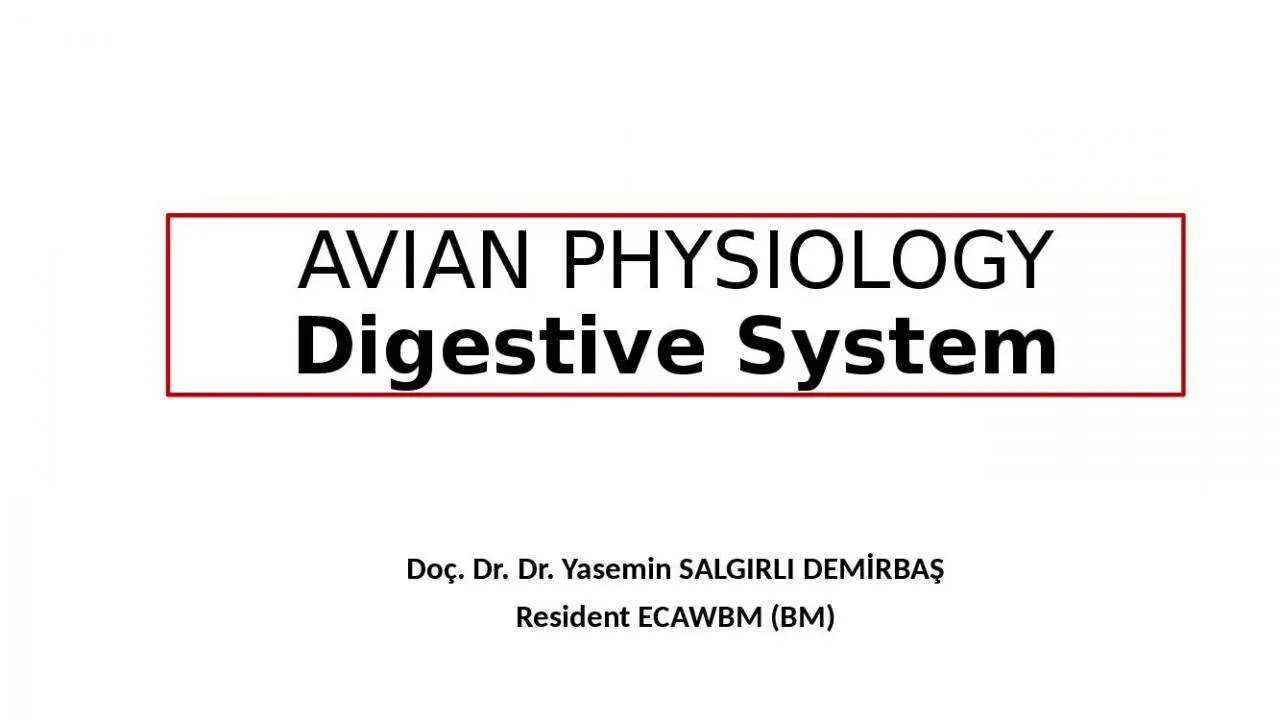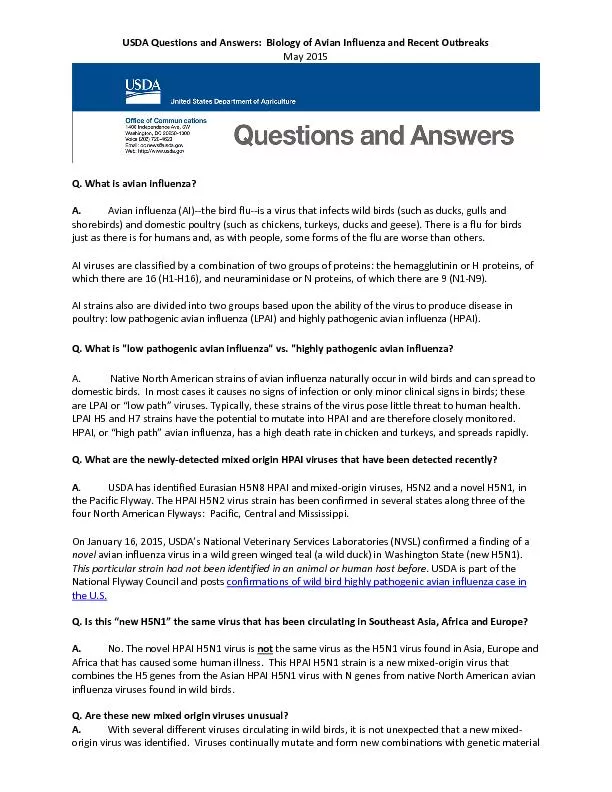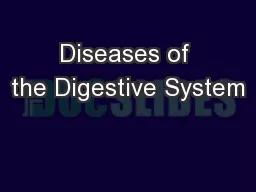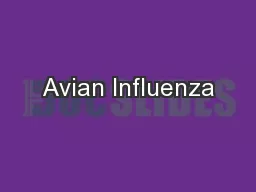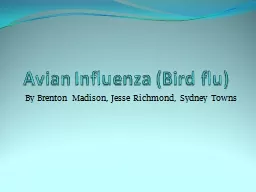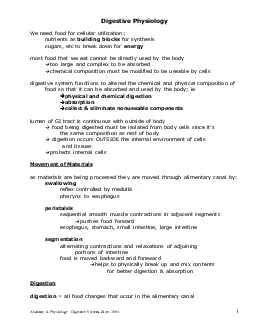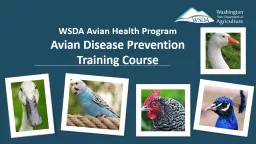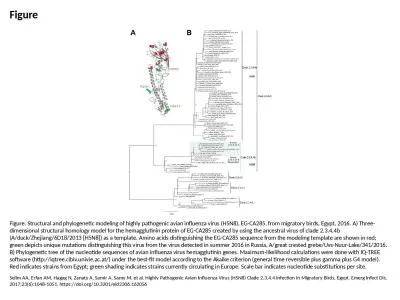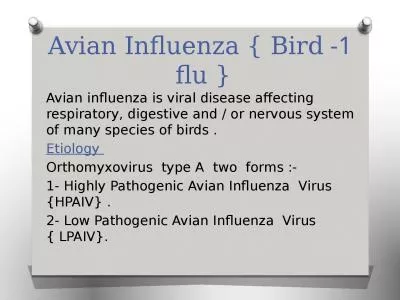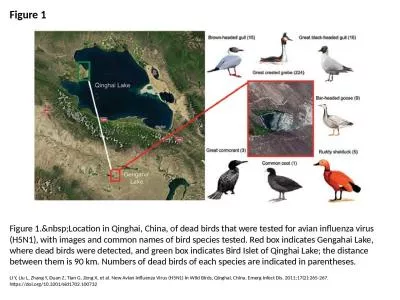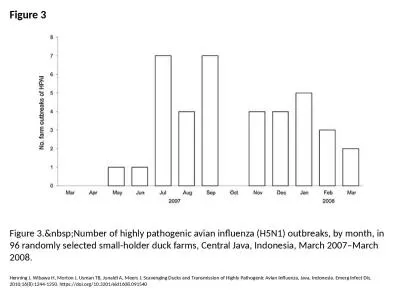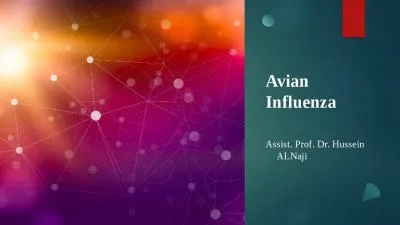PPT-AVIAN PHYSIOLOGY Digestive
Author : hailey | Published Date : 2022-04-07
System Doç Dr Dr Yasemin SALGIRLI DEMİRBAŞ Resident ECAWBM BM High metabolic rates require large amounts of fuel Digestive system needs to be as light as
Presentation Embed Code
Download Presentation
Download Presentation The PPT/PDF document "AVIAN PHYSIOLOGY Digestive" is the property of its rightful owner. Permission is granted to download and print the materials on this website for personal, non-commercial use only, and to display it on your personal computer provided you do not modify the materials and that you retain all copyright notices contained in the materials. By downloading content from our website, you accept the terms of this agreement.
AVIAN PHYSIOLOGY Digestive: Transcript
Download Rules Of Document
"AVIAN PHYSIOLOGY Digestive"The content belongs to its owner. You may download and print it for personal use, without modification, and keep all copyright notices. By downloading, you agree to these terms.
Related Documents

